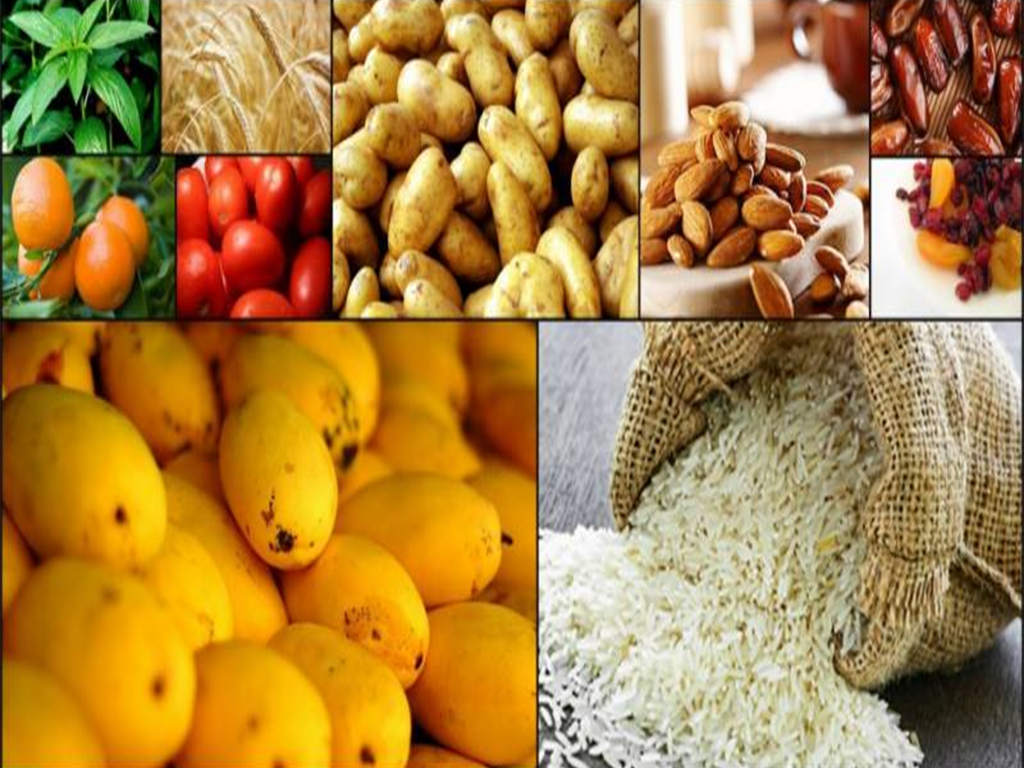Food exports performance under lockdown

Not even the highest basmati – the crown jewel of Pakistan’s foreign trade – in at least 8 years were able to keep the food group export from tumbling by over a quarter in Apr-20, according to latest figures released by PBS. While the first instinct explanation may be the ban imposed on export of essentials such as wheat and sugar, a closer look reveals that perishables had a greater role to play.
Does that mean Covid-19 related slowdown is not to blame? Rice trade volume stands as evidence that port related challenges could not slow down shipment where demand remained persistent. Thus, logistics does not appear to be sufficient explanation so far as effects of Covid-19 are concerned.

But it is the stickiness of demand that is itself under threat. Fishery exports, for example, which begin to gather momentum around this time of the year took a hit. Consider that average monthly fishery export volume for Apr-May for the last two years stood at 26 thousand tons, against slower periods later during the year when monthly volume declines to under 5 thousand tons. The sharp decline in unit price during the outgoing month bears witness to how some segments are much more vulnerable than others.

The case of vegetables is no different, where $ of exports took a kick in the shin by nearly 50 percent against same period last year. It is worthwhile to note here that on annual basis, vegetable exports begin to climb down after peaking in Jan-Feb, which means the performance in coming months will not only bear the brunt of seasonality but also of weaker demand. The latter is indicated by crashing down of unit prices in the last two months.

It appears intuitive that perishables such as vegetables, fruits, and fishery exports would be the first to be impacted by supply chain challenges due to Covid-19. On the other hand, meat exports seem to have maintained momentum, despite industry insiders noting that airway shipments have taken a hit due to grounding of commercial/cargo air traffic and resultant increase in shipment costs. Similarly, the increase in unit price of other (IRRI) rice at a time of global slowdown is just as mysterious.

It is unfortunate that gains made in food exports during the 12 months appear to have been wiped out by Covid-19, even though volume has not taken a hit in key non-perishable categories such as basmati. It could be hoped that perishable supply will find legs to stand on once lockdown eases globally. During this time, if traders are able to hold ground in key bulk exporting categories such as rice and meat, the long-term outlook for food group may not be so downbeat after all.


























Comments
Comments are closed.